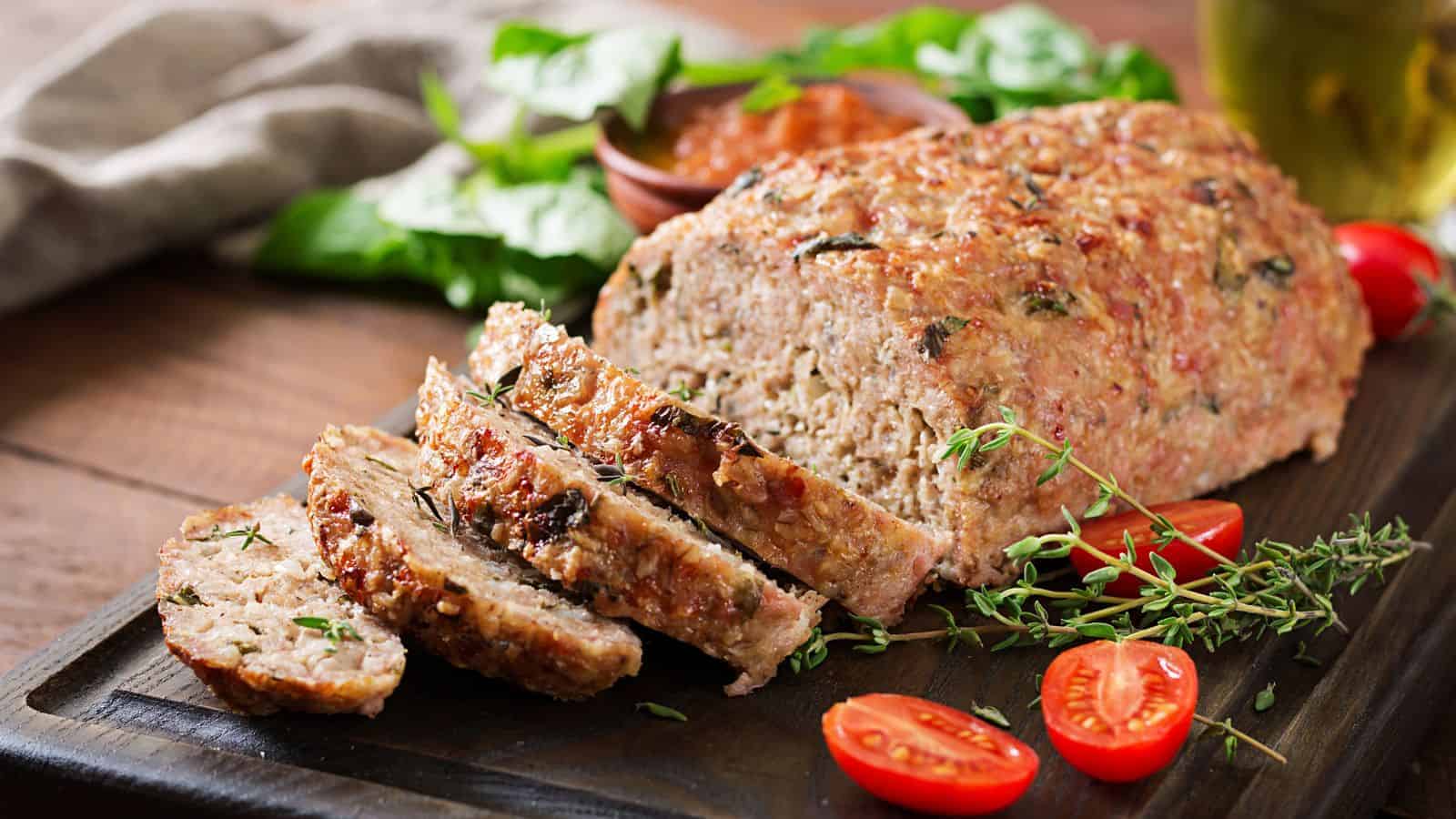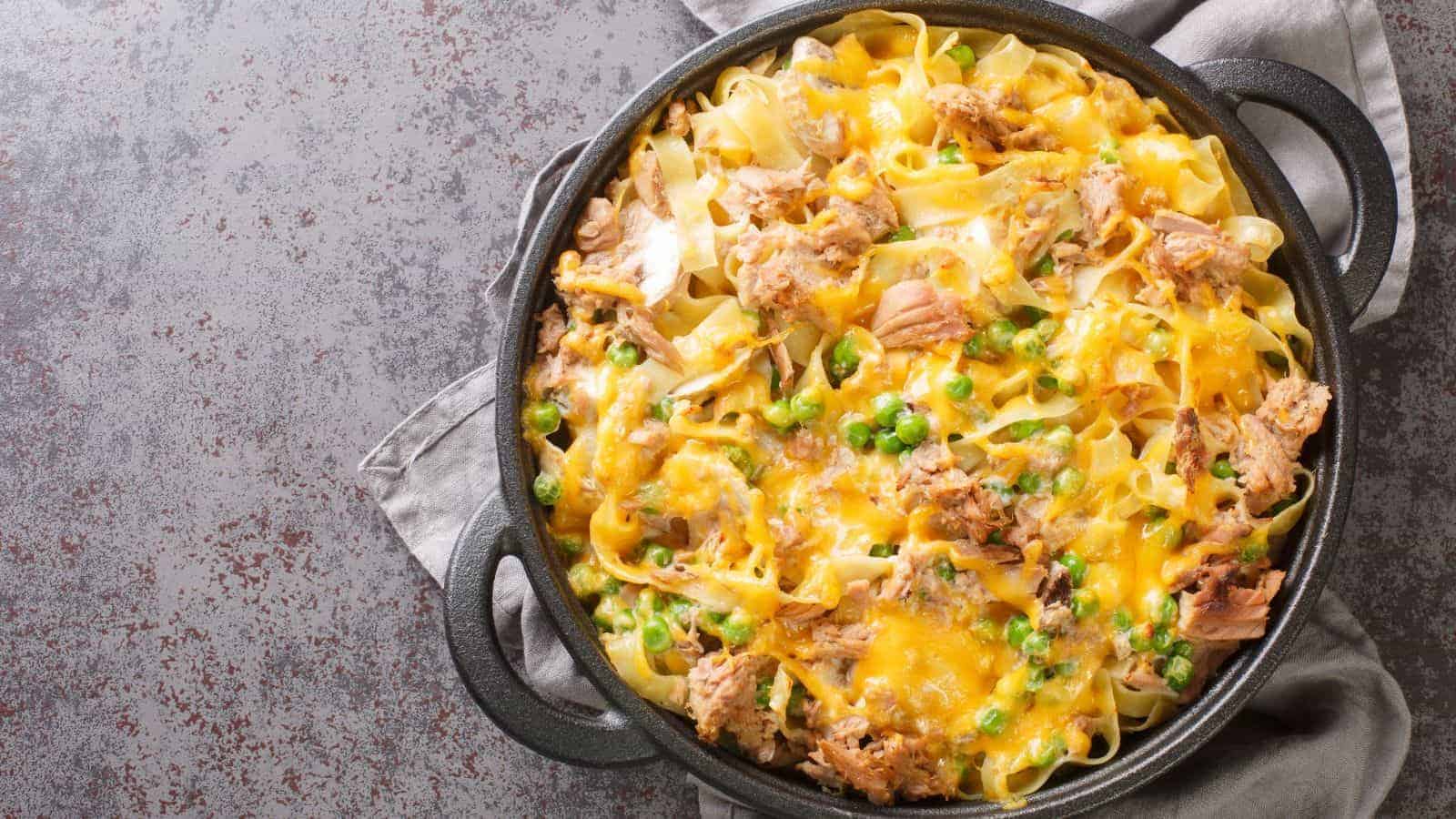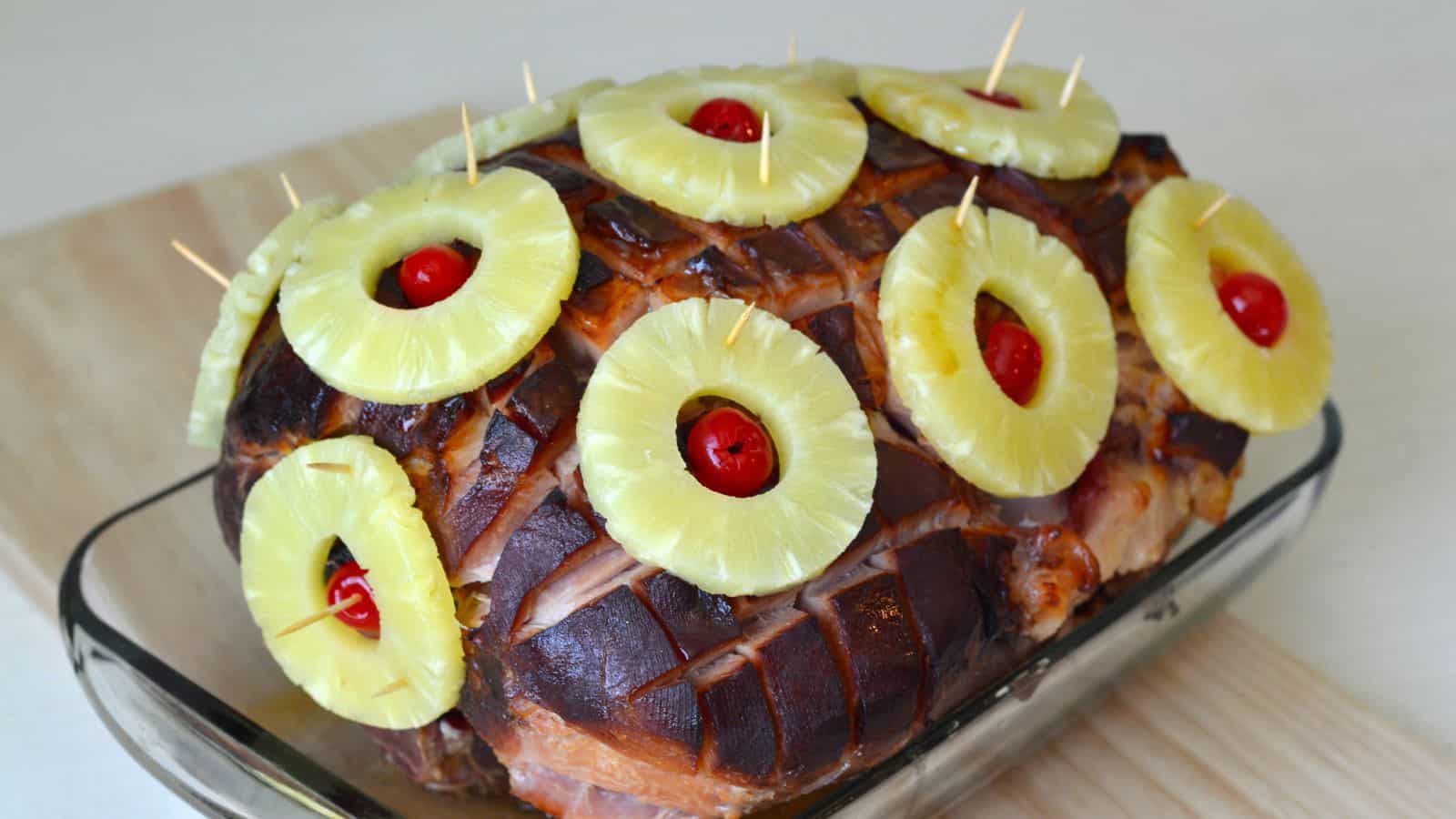The Baby Boomer generation, born from 1946 to 1964, grew up when family dinners were an essential part of everyday life. There was a lot of processed meat and one-pot casserole dishes, and hardly any fast food! Let’s look at 18 classic foods that children raised in the 50s, 60s, and 70s will surely recognize.
Meatloaf

This quintessential comfort food was great for those on a tight budget. It featured ground beef mixed with breadcrumbs, eggs, and seasonings, formed into a loaf, and baked. It was often basted with ketchup or a sweet homemade glaze and served alongside mashed potatoes and peas. Although not unheard of on today’s dinner tables, it’s largely been replaced by whole meat alternatives.
Tuna Noodle Casserole

Quaint Cooking reports that a 1959 survey “found that 8 out of 10 households served canned tuna once a week with tuna fish casseroles in the top three.” This quick, low-cost family meal was born out of post-war efficiency and was typically made with tinned tuna, cooked noodles, cream of mushroom soup, and peas combined in a casserole dish and topped with breadcrumbs before baking.
Tater Tot Casserole

It seems you can make a casserole out of almost anything, including Tater tots-bite-sized cylinders of fried potato. They were innovative in the 1950s and quickly included in casseroles alongside ground beef, mixed vegetables, and a creamy cheese sauce. As it required minimal preparation, this dish was a creative and flavorsome weeknight staple.
Salisbury Steak

Inspired by the aristocrat Lord Salisbury, these ‘steaks’ were actually ground beef, formed into patties and smothered in a rich brown gravy of onions, mushrooms, and beef broth. The dish sounded fancy but wasn’t expensive to make and was commonly eaten with mashed potatoes and green beans. It was also a popular item in restaurants during the Boomer era.
Pot Roast

This slow-cooked meat was another budget-friendly way to create a flavorful and satisfying meal, even with tough, low-quality cuts of beef. Cheap meat, like chuck roast, was seasoned and browned before being simmered in a pot with vegetables like carrots, potatoes, onions, and celery. The slow-cooking process allowed the chewy meat to become tender and tasty.
Ice Cream Sundaes

U.S. Foods reports, “The original sundae, which can be traced back to the late 1800s, consisted of a small bowl of ice cream with chocolate syrup. Over the next five years, whipped cream, nuts, and cherry were added.” By the Boomer era, they were extremely popular and topped with a variety of toppings, from hot fudge and caramel sauce to chocolate flakes and sprinkles.
Macaroni and Cheese

What child didn’t enjoy this simple casserole of macaroni pasta covered in a rich cheese sauce and baked with a crusty topping of breadcrumbs? It’s still popular today, although not at the level that it once was. Boomers might remember their moms experimenting with different cheeses (cheddar, Gruyere, fontina, etc.) or adding vegetables for extra crunch.
Chicken Fried Steak

This Southern classic is another recipe that uses the cheapest cuts of meat to the best effect – this time, a chicken cube steak. The sub-optimal cut was often coated with seasoned flour and pan-fried until crispy, while the creamy white gravy it was served with added a touch of luxury. Mashed potatoes, green beans, or corn were typical sides.
Baked Ham

Food Republic claims baked ham was a common choice for holidays and Sunday dinners during the boomer era. A whole ham was glazed with honey and brown sugar, dressed in pineapple, and slow-roasted until juicy and tender, often with maraschino cherries for color and extra sweetness. Today, it’s considered old-fashioned and has slowly been replaced by alternatives.
Grilled Cheese Sandwich

The ultimate comfort food, grilled cheese was the go-to recipe for moms with hungry children, empty cupboards, and little time to spare. Two slices of white bread, filled with American cheese or cheddar, were buttered on the outside before being cooked in a pan on the stove. The result was a simple yet satisfying, gooey mess of melted cheese and crispy bread. Delicious!
Spaghetti with Meat Sauce

A quick and easy weeknight meal, spaghetti with meat sauce, was a crowd-pleaser that was especially great for large families. Ground beef was simmered in a tomato sauce with onions, peppers, and Italian herbs and then served on a bed of spaghetti noodles. Inspired by Italian immigrants, this dish was frequently served with grated hard Italian cheese, like Parmesan.
Tuna Salad Sandwiches

Canned tuna was a versatile and affordable protein source during the boomer era, and was eaten cold in these sandwiches. Flaked tuna was mixed with mayonnaise, celery, chopped onion, and lemon juice before being sandwiched between sliced white bread. It was a quick and affordable lunch option and could be spiced up with chopped grapes, raisins, olives, or pickles.
Fish Sticks

The post-war era brought many convenient and low-cost protein options, and frozen fish sticks were perfect for busy families. Typically made from rectangles of breaded white fish (cod or pollock), they were quick and easy to bake or fry and popular with children, even fussy ones! They were generally served with tartar sauce and a side of french fries or potato wedges.
Jello Salad

A symbol of 1950-60s dinner parties, Serious Eats says Jello salad became popular when sugar rationing stopped after the wars and remained a staple on many dinner tables until the 70s. Chopped fruits, vegetables, pimentos, or marshmallows were put in gelatin, with lime being the most popular flavor choice.
Chicken Pot Pie

This winter warmer was a hearty and popular weeknight meal. Flaky pastry crust encased a savory filling of chicken, carrots, peas, and corn in a creamy gravy or chicken broth. Although many mothers made chicken pot pie from scratch, frozen pot pies were a growing trend during the Boomer era, offering an even quicker and easier meal option for busy families.
Peanut Butter and Jelly Sandwich

No school lunchbox was complete without this simple, uniquely American sandwich combination of salty peanut butter and sweet jam. Although the texture could be fairly sticky, the slices of white bread made it easy to eat and perfect for a quick lunch on the go. Although less popular than before, many older people still enjoy these energy-packed sandwiches!
Deviled Eggs

A classic appetizer enjoyed for generations, deviled eggs are simple to make. Hard-boiled eggs were peeled, halved, and filled with their own yolks mashed with mustard, mayo, and seasoning. The creamy mixture was piped back into the egg whites and sprinkled with paprika or black pepper, creating a popular finger food and salad-meal accompaniment.
Chocolate Chip Cookies

These delicious cookies feature real chunks or ‘chips’ of chocolate, and many Boomer-era children have fond memories of the smell of their mom baking them. They were loved by everyone, and although homemade versions were the chewiest and most satisfying, store-bought alternatives were also readily available from the 1950s onwards.
